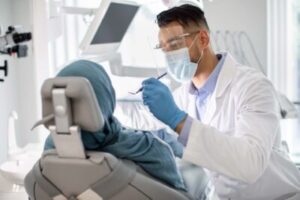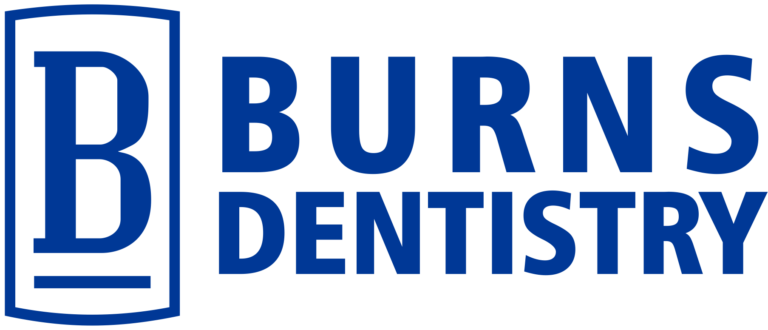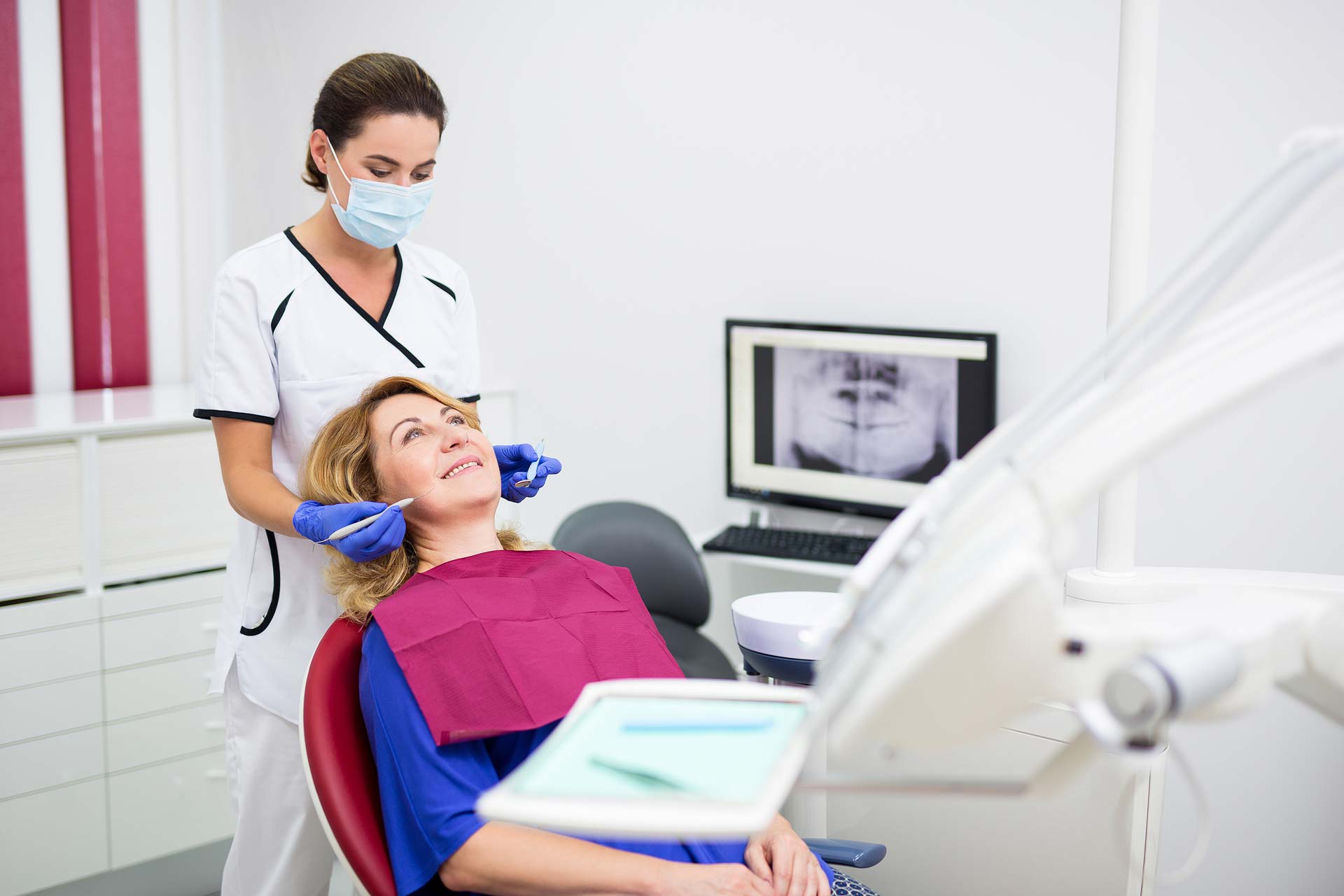How Does Oral Conscious Sedation Dentistry Work?
 Sedation dentistry is on the rise, and you may have started to hear more about it. However, what you might not realize is that there are several methods or options when sedating a patient. The two most common are oral conscious sedation dentistry and nitrous oxide sedation.
Sedation dentistry is on the rise, and you may have started to hear more about it. However, what you might not realize is that there are several methods or options when sedating a patient. The two most common are oral conscious sedation dentistry and nitrous oxide sedation.
What’s the Difference Between Oral Conscious & Nitrous Oxide Sedation?
One of the most common types of sedation is nitrous oxide, also known as laughing gas. It is administered via a mask and has been in use for many years.
Oral conscious sedation, on the other hand, means you have to take a pill before your appointment or procedure. This will have a sedating effect as the pill releases powerful anti-anxiety medication into your bloodstream. You therefore don’t need to wear a mask and you can also avoid needles or IVs.
Generally, nitrous oxide is a lighter form of sedation, while oral conscious sedation dentistry has deeper effects. With nitrous oxide, you’re often awake, but calm and relaxed. With dental oral conscious sedation, though, patients typically fall asleep during the experience and remember little to nothing about it.
If you have serious dental anxiety or you’re having a more invasive procedure, such as a tooth extraction, then oral conscious sedation dentistry is usually recommended.
Another difference between nitrous oxide and oral conscious sedation is the time it takes to wear off. With nitrous oxide, it’s a few minutes. Oral conscious sedation, on the other hand, takes around 4-6 hours to wear off, which means you’ll always need a driver to drop you off and pick you up post-appointment.
Some other side effects, like feeling groggy or sleepy, nauseous, vomiting, and having dry mouth, are also more severe with oral conscious sedation. They can last for up to 24 hours.
Looking for a Sedation Dentist?
Call Burns Dentistry today. We’ll help you through the anxiety and discomfort of your next appointment or procedure with the right options for sedation, including oral conscious sedation dentistry.


